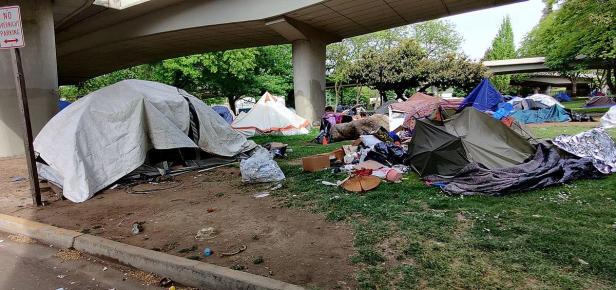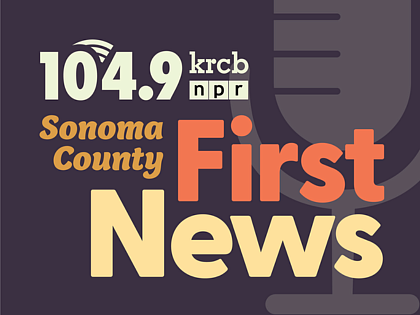 photo credit: Tyrone Madera/wikimedia
photo credit: Tyrone Madera/wikimediaA snapshot of the number of people experiencing homelessness in Sonoma County shows a 23% decrease in the last year, but homeless families are at their highest numbers since the COVID-19 pandemic.
That's according to a preliminary point-in-time count report released by the county's Department of Health Services on Tuesday.
The point-in-time count is a required report for every jurisdiction receiving federal funding for housing and services.
The count includes people who are unsheltered, meaning they live in areas like parks, cars and sidewalks, and sheltered, who live in emergency shelters and transitional housing.
The report found that 1,952 people were experiencing homelessness on the morning of Jan. 31 of this year.
This is a decrease of 570 people compared to the 2024 count, the report said.
Most of the people surveyed -- 1,123 -- were unsheltered. That's a 29% decrease from last year.
However, two subgroups that are required to be tracked by the U.S. Department of Housing and Urban Development, families and those who are chronically homeless, each saw an increase in representation among the count.
Families accounted for 78 groups of those accounted for, a 37% increase. Those who are chronically homeless grew by 20%.
The number of families represented in the count is at its highest since 2020, when 80 groups were counted. The population then saw an almost 50% decrease from 2020 to 2022, according to the county's 2023 point-in-time count.
Surveying families who are homeless can be challenging because of the housing support they receive and where they live, the county has said in previous count reports.
Youth and veterans both declined in their representation since the last count. Youth who are homeless declined by 24%. Homeless veterans declined by 39%.
Unlike the final point-in-time count, the preliminary report does not include a breakdown of results by city, region, other demographic information and causes of homelessness in the county.
However, the county hinted at some factors that may be coming into play for some of the reductions.
Setting aside funding for projects that serve homeless individuals and the projects themselves, such as housing for those who are chronically homeless and those with behavioral health conditions, is part of the reason for the decline, Nolan Sullivan, the county's director of health services, said in a statement.
The progress the county has made -- and might continue to make -- "can easily be turned around" due to federal and state cuts, Sullivan added.
At the federal level, President Donald Trump's proposed budget includes cutting rental assistance in the HUD budget by more than 40%. HUD homeless services would be cut by 12%.
The final point-in-time count report is set to be released at the end of the summer, the county said.

 Live Radio
Live Radio




